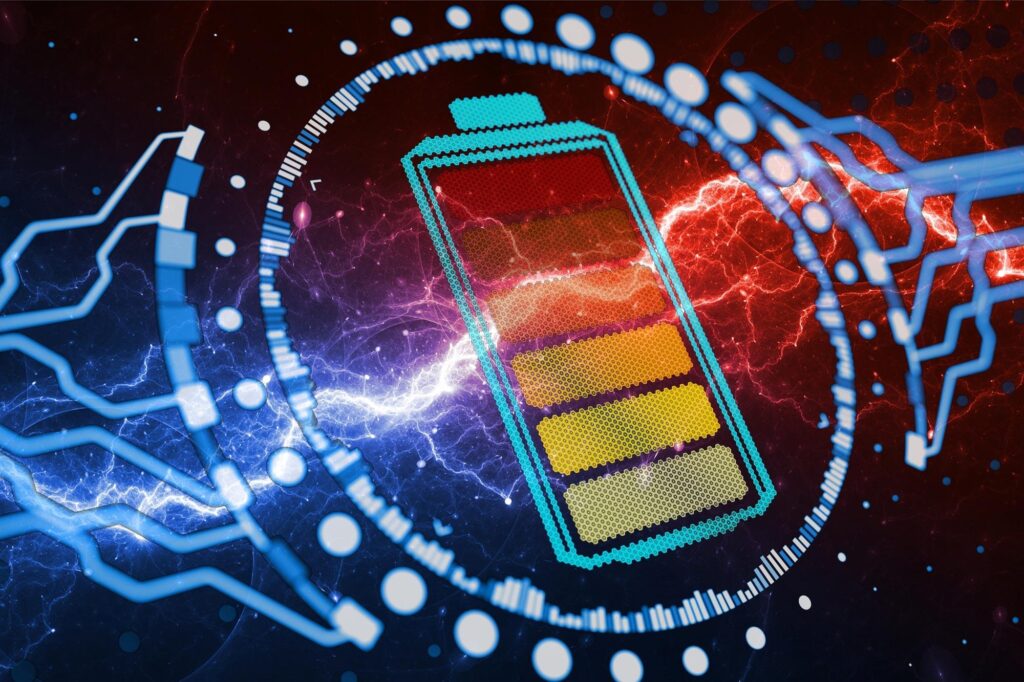In an era where energy drives innovation, the future of battery technology stands at the forefront of powering our connected world. As demands for longer-lasting, faster-charging, and more sustainable energy storage intensify, engineers and scientists are exploring groundbreaking materials and designs that could redefine how we harness power. From electric vehicles to renewable energy grids, the evolution of batteries promises to shape not only the devices we use but also the very infrastructure of tomorrow. This article delves into the advancements, challenges, and potential breakthroughs that signal the next chapter in battery technology, offering a glimpse into how engineers are shaping the future of energy storage.
Emerging Materials Shaping Next Generation Batteries
As the demand for higher energy density, faster charging, and longer lifecycle escalates, researchers are turning to novel materials that promise to revolutionize battery chemistry. Innovations such as solid-state electrolytes, silicon anodes, and sulfide-based cathodes are spearheading this transformation, delivering improved safety and performance. Unlike traditional liquid electrolytes, solid-state variants drastically reduce flammability risks while offering enhanced ionic conductivity, unlocking the door to lighter and more compact energy storage solutions.
Beyond safety and capacity, sustainability is also a pivotal driver in material development. Emerging materials emphasize eco-friendly sourcing and recyclability, addressing the environmental impact of battery production. Below is a snapshot of key materials under investigation and their standout features:
| Material | Key Benefit | Current Challenge |
|---|---|---|
| Solid-state Electrolytes | Improved safety & energy density | Manufacturing scalability |
| Silicon Anodes | Higher capacity than graphite | Volume expansion during cycles |
| Sulfide-based Cathodes | Enhanced conductivity | Long-term stability |
| Graphene Composites | Fast charging and lightweight | Cost of production |
Enhancing Energy Density and Charging Efficiency
Innovations in battery chemistry and architecture are pushing boundaries to deliver greater energy storage within smaller footprints. Researchers are exploring advanced materials such as silicon anodes and solid-state electrolytes that promise to dramatically enhance energy density. These materials allow batteries to pack more power without increasing size or weight, a crucial factor for electric vehicles and portable electronics. Additionally, the integration of nano-engineered electrodes enables faster ion transport, which directly contributes to improved charging rates and overall efficiency.
Efficiency in charging is no longer just about speed but also about preserving battery longevity. Cutting-edge technologies employ smart algorithms and adaptive charging protocols to optimize current flow and minimize thermal stress. This approach significantly reduces energy loss and degradation over time. Below is a simple comparison of traditional versus advanced battery features:
| Feature | Traditional Battery | Advanced Battery |
|---|---|---|
| Energy Density | 150 Wh/kg | 300+ Wh/kg |
| Charging Time | 2-3 hours | Under 30 minutes |
| Cycle Life | 500 cycles | 1500+ cycles |
- Nano-material electrodes for faster ion exchange
- Solid-state electrolytes to enhance safety and capacity
- Smart charging algorithms for optimized energy management
Strategies for Sustainable and Scalable Battery Production
Optimizing battery production demands a holistic approach that balances environmental responsibility with economic feasibility. Manufacturers are increasingly turning to closed-loop recycling systems to reclaim valuable materials like lithium, cobalt, and nickel, reducing dependency on virgin mining operations. Furthermore, advances in sustainable sourcing practices, such as partnering with ethically certified suppliers and utilizing blockchain technology for supply chain transparency, are vital steps in ensuring responsible raw material procurement. Integrating renewable energy into manufacturing processes not only slashes carbon footprints but also enhances resilience against fluctuating energy costs.
Scaling battery production without compromising sustainability hinges on innovative automation combined with modular design principles. Agile production lines equipped with AI-driven quality control optimize yield and minimize waste, while modular battery architectures simplify maintenance and material reuse at end-of-life. Below is a concise comparison of traditional versus next-generation production strategies:
| Aspect | Traditional Production | Next-Generation Strategy |
|---|---|---|
| Material Sourcing | Primary mining | Recycling & ethical sourcing |
| Energy Use | Fossil fuel-based | Renewable-powered plants |
| Production Flexibility | Fixed assembly lines | Modular and automated |
| Waste Generation | High | Minimized via closed-loop systems |
Final Thoughts
As we stand on the brink of a new era in energy storage, the future of battery technology promises to reshape not only how we power our devices but how we interact with the world around us. From breakthroughs in materials science to advances in sustainable manufacturing, engineers are charting a course toward longer-lasting, faster-charging, and more environmentally friendly batteries. While challenges remain, the horizon glows with potential-inviting innovation that could transform industries and everyday life alike. In this unfolding story, one thing is certain: the journey of battery technology is only just beginning, and its impact will resonate far beyond the circuits it energizes.
